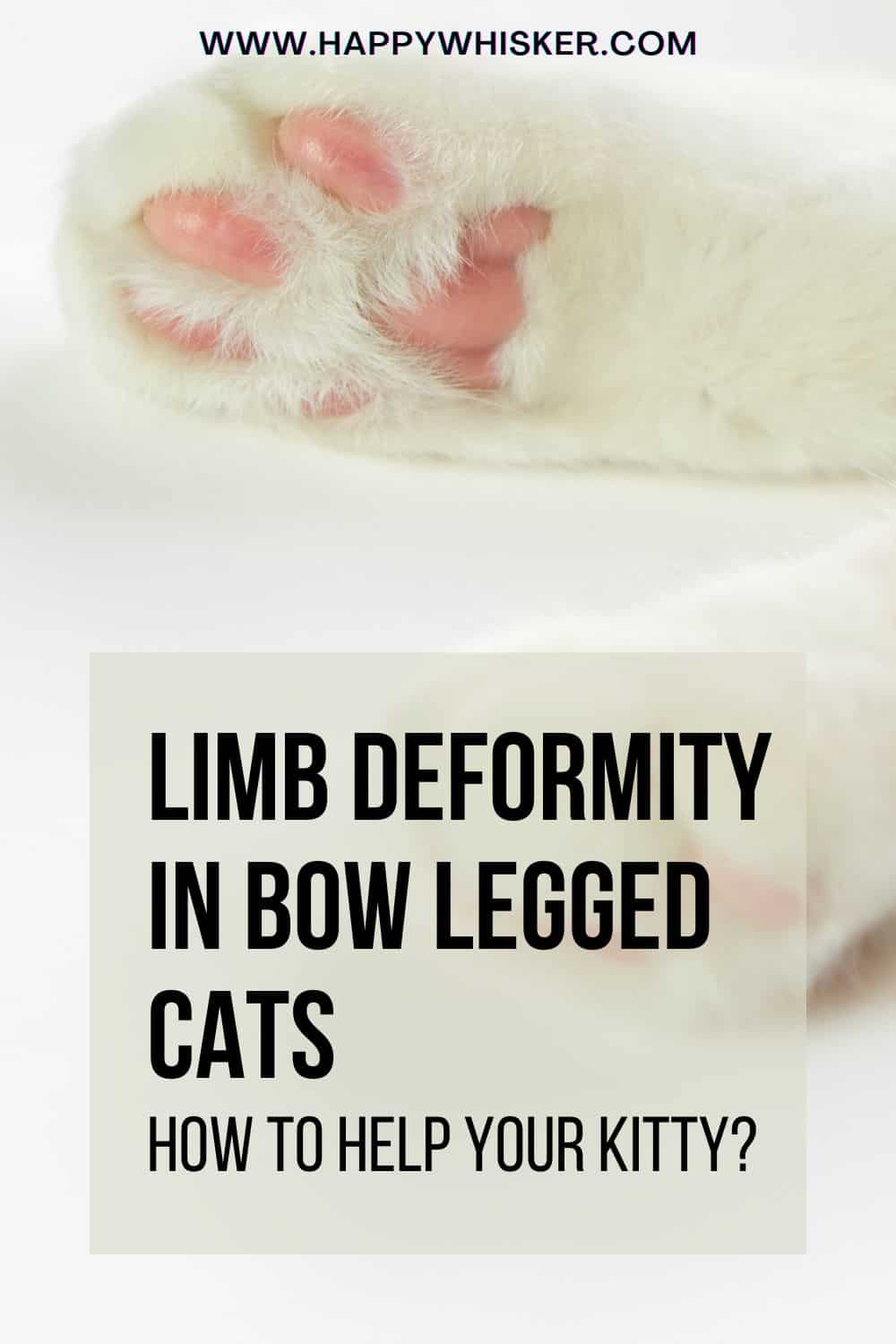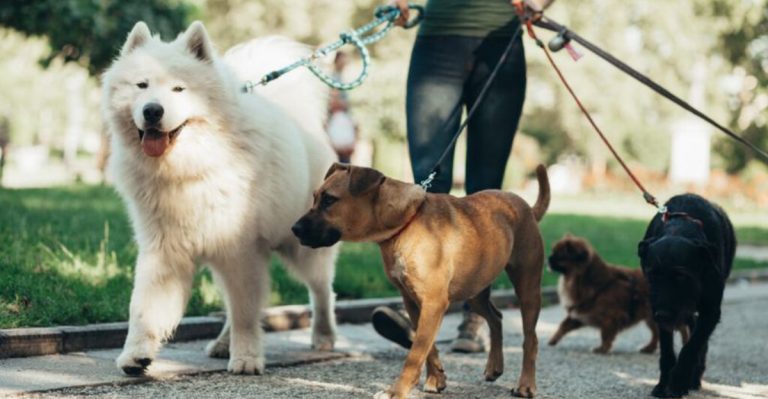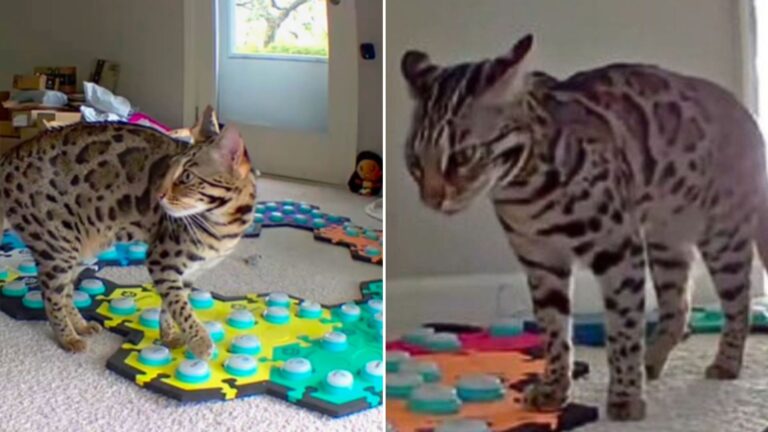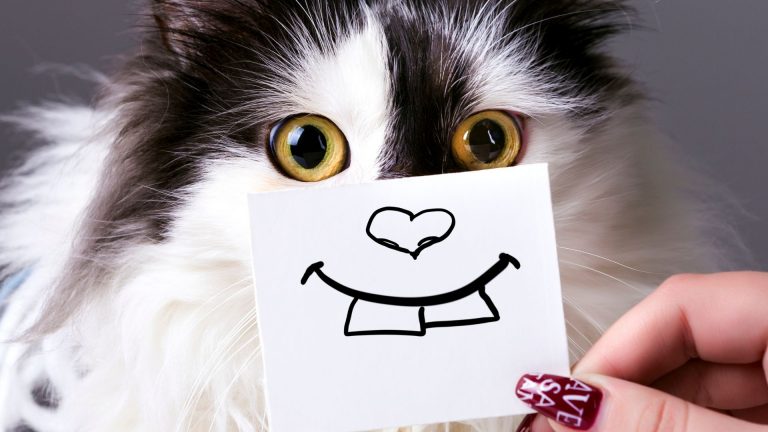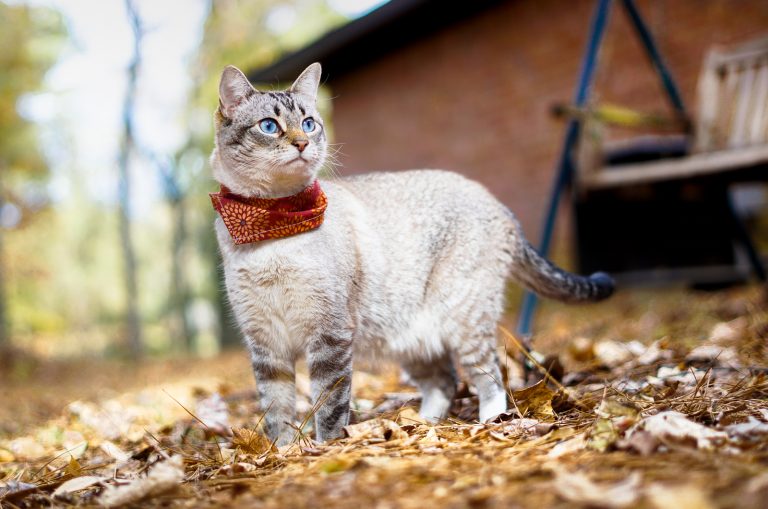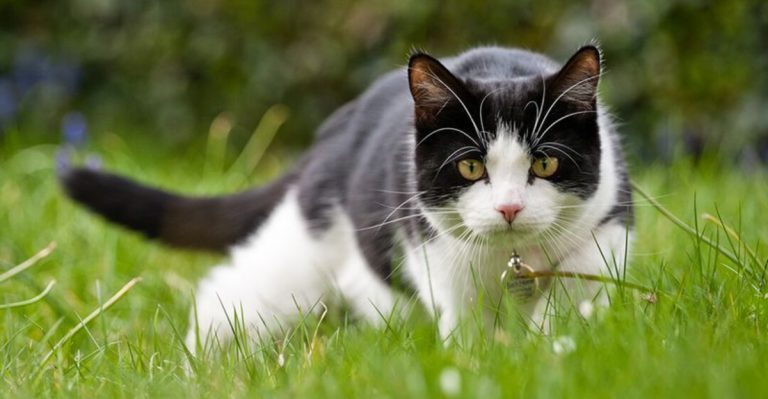Limb Deformity In Bow Legged Cats – How To Help Your Kitty

Have you observed that your kitten is not walking as it should? If you take a closer look, you might be able to see that the kitten’s legs have not developed properly.
A specific kind of limb deformity causes a kitten’s legs to have a characteristic bow-shaped look, meaning the legs bend in the shape of a bow. The shape is less obvious in some cats, while others have a more serious form of deformity, with visibly bow-shaped legs.
To learn about the causes of this limb deformity, whether bow legged cats experience pain, and what you should do if your kitten has bow-shaped limbs, then I suggest you read on!
Bow Legged Cats
Bow legged cats have a medical condition known as angular limb deformity. It is characterized by the cat’s legs bowing away towards the cat’s midline. A healthy cat’s limbs are straight, while bow legged cats have limbs that are bent inwards or bent outwards.
A cat with angular deformity of its limbs is most likely able to walk and perform everyday activities like any other cat. However, some cats aren’t able to do so if they’re deformity is too great.
If you’re unsure what bow legged cats look like, and whether a cat you’ve seen or even your own cat is bow legged, check out this video of a bow legged kitten.
As you can see, the kitten’s hind legs are bent outwards in a bow shape, while the front legs (as far as I can see) are perfectly normal. The kitten is walking nicely, and can probably do many of the things that other kittens its age can do.
How Do I Recognize If My Cat Is Bow Legged?

The biggest tell-tale sign a cat is bow legged is the characteristic bow-shaped appearance of the legs.
In the vast majority of cases (or as far as I have seen in my career), the deformity is mostly present in a cat’s hind limbs. There are rare instances of a cat having both front and back limbs deformed into the bow shape.
Also, it’s more likely that the limbs bent outwards, rather than inwards.
Cat owners usually report their kitten “walking strangely”. After noticing it for the first time, most cat owners pay extra attention to the way their kittens are developing, only to determine that the cause of the strange walk is that the kitten’s limbs are not developing properly.
Do Bow Legged Cats Experience Pain?
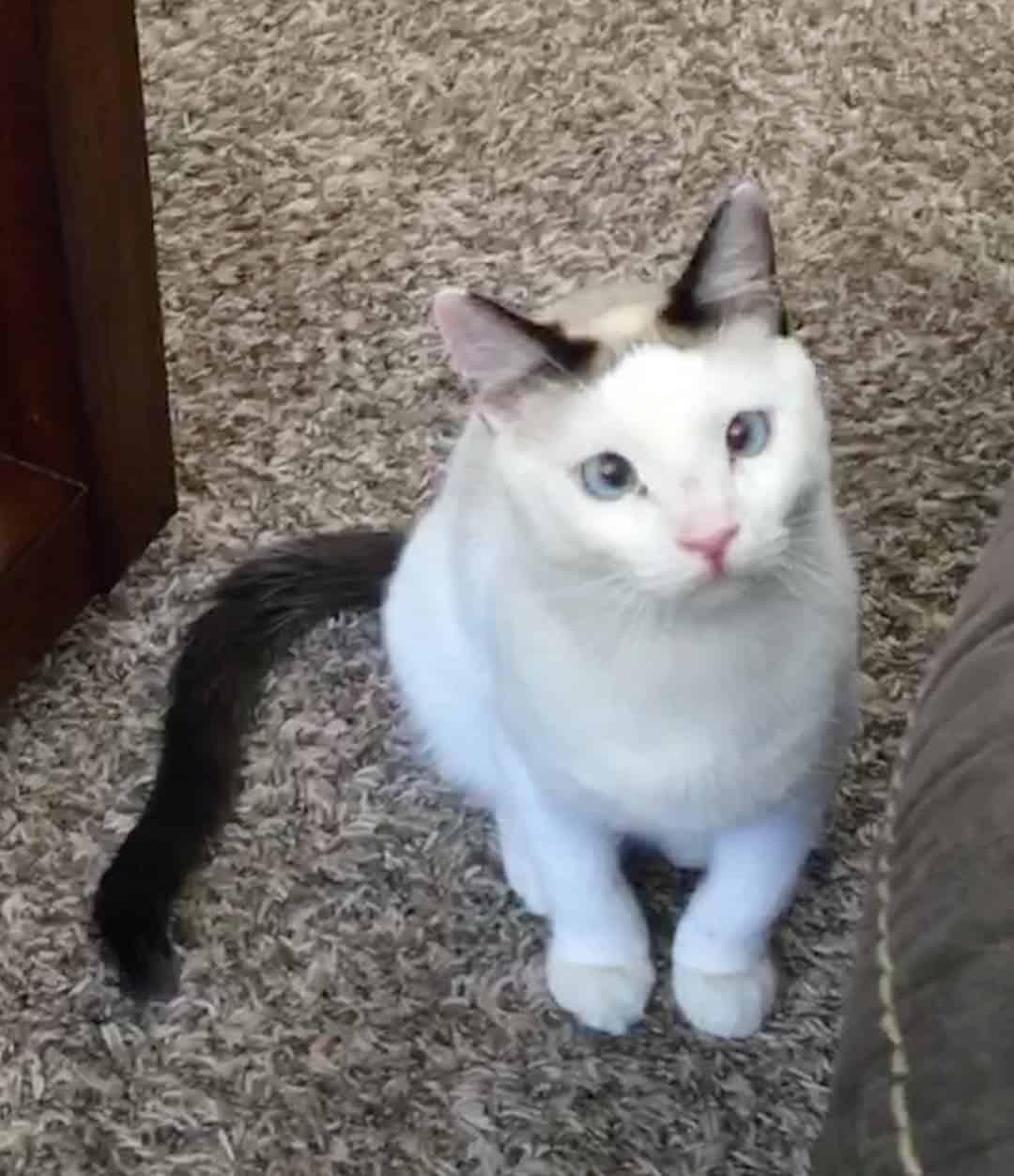
There is no definitive answer to this question, as every cat’s deformity might be somewhat different. Some cats experience no negative side-effects, such as pain, from their deformity. On the other hand, some cats do unfortunately experience pain while walking.
Cats that experience pain due to their deformity are less likely to move around and will have a limited range of motion. They’re less likely to jump from heights or run. Some cats even limp due to their condition.
What Exactly Are Angular Limb Deformities?

The phrase “angular limb deformities” refers to variations in bone shape from what is regarded as normal.
Cats with angular limb deformities have limbs that are misshapen or twisted due to improper bone development. Angled limb abnormalities may be present at birth or may appear as the cat is growing.
Cat owners will notice that the legs frequently bend inward or outward. While some felines with angular limb abnormalities won’t have problems, others will exhibit clinical symptoms of limping, discomfort, and difficulty while performing some activities, such as climbing cat trees.
The cause of these deformities can be either congenital or developmental.
Congenital Deformities
Cats with congenital angular limb abnormalities are born with them and have them because of a hereditary condition or improper prenatal placement.
Developmental Deformities
Inconsistencies in the development plates that create the cat’s bones as it ages cause angular limb abnormalities.These kinds of deformities arise due to an injury caused by, for example, a fall from a great height, being hit by a car, or being stepped on.
Developmental abnormalities can appear throughout the cat’s growing phase, usually between the ages of four and eight months, as opposed to congenital malformations, which are present at birth.
Diagnosis
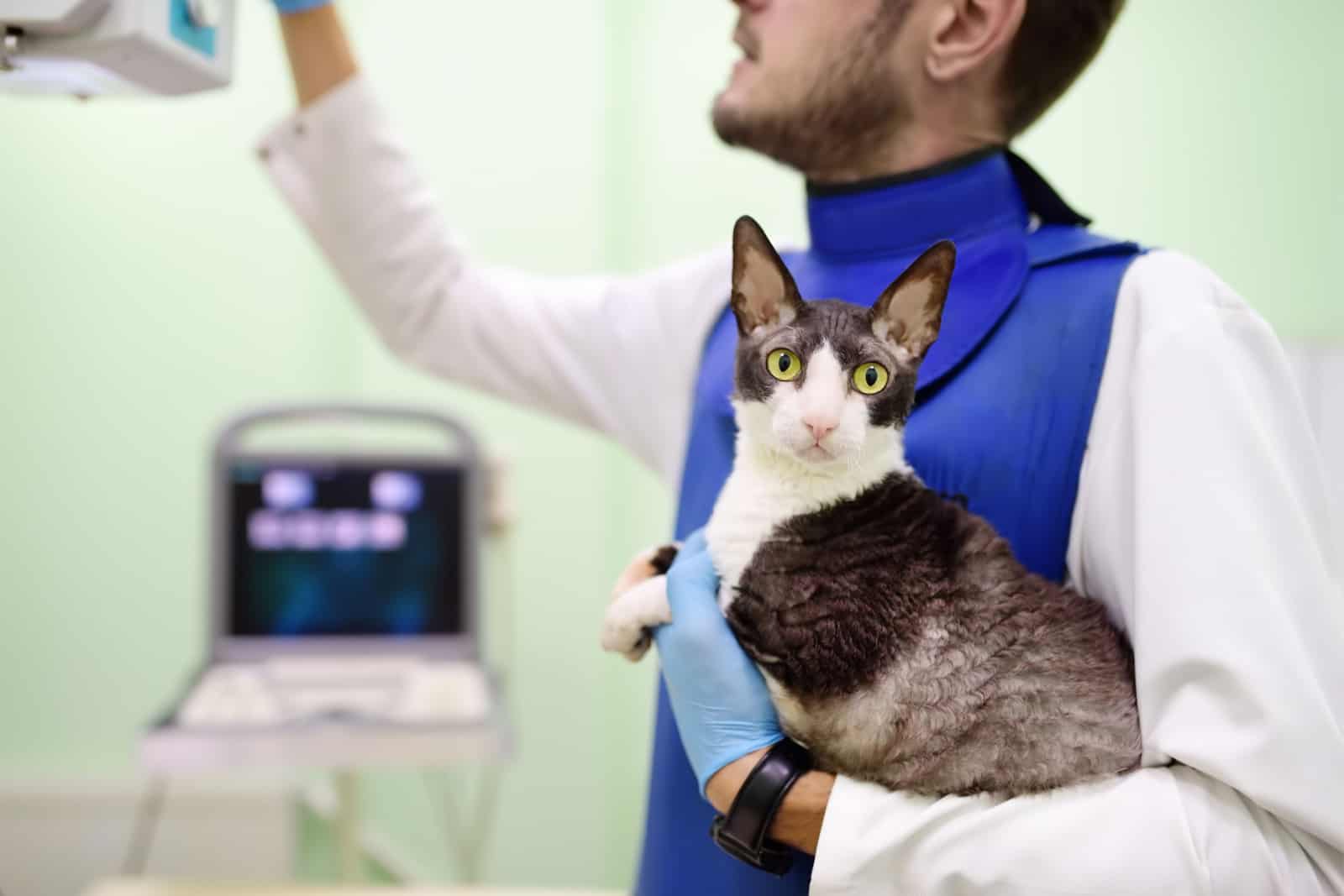
Cat owners need to help the veterinarian by giving important details about the feline’s condition. It is important that you let the veterinarian know about any prior trauma the young kitten has experienced or any family histories of illnesses affecting the parents or siblings.
Your cat’s veterinarian will most likely perform the following tests:
Physical Exam
The afflicted feline will have a physical examination, during which the affected limbs will be moved to assess the range of motion and the level of discomfort.
The examination will also involve palpating every area of each leg, listening to your pet’s heart and lungs, taking their temperature, checking their abdomen to make sure there are no other issues, and feeling their joints for pain, swelling, and symmetry between their right and left legs.
X-Ray & CT Scan
The main technique a veterinarian will employ to examine a limb malformation is an x-ray. The vet can see the position, orientation, and size of the bone abnormality, thanks to the radiograph.
After an x-ray, a CT scan is frequently performed since it produces a cross-sectional view of the injured limb(s). Compared to the x-ray, this 3-dimensional picture will provide the veterinarian with more details on the abnormality.
Treatment
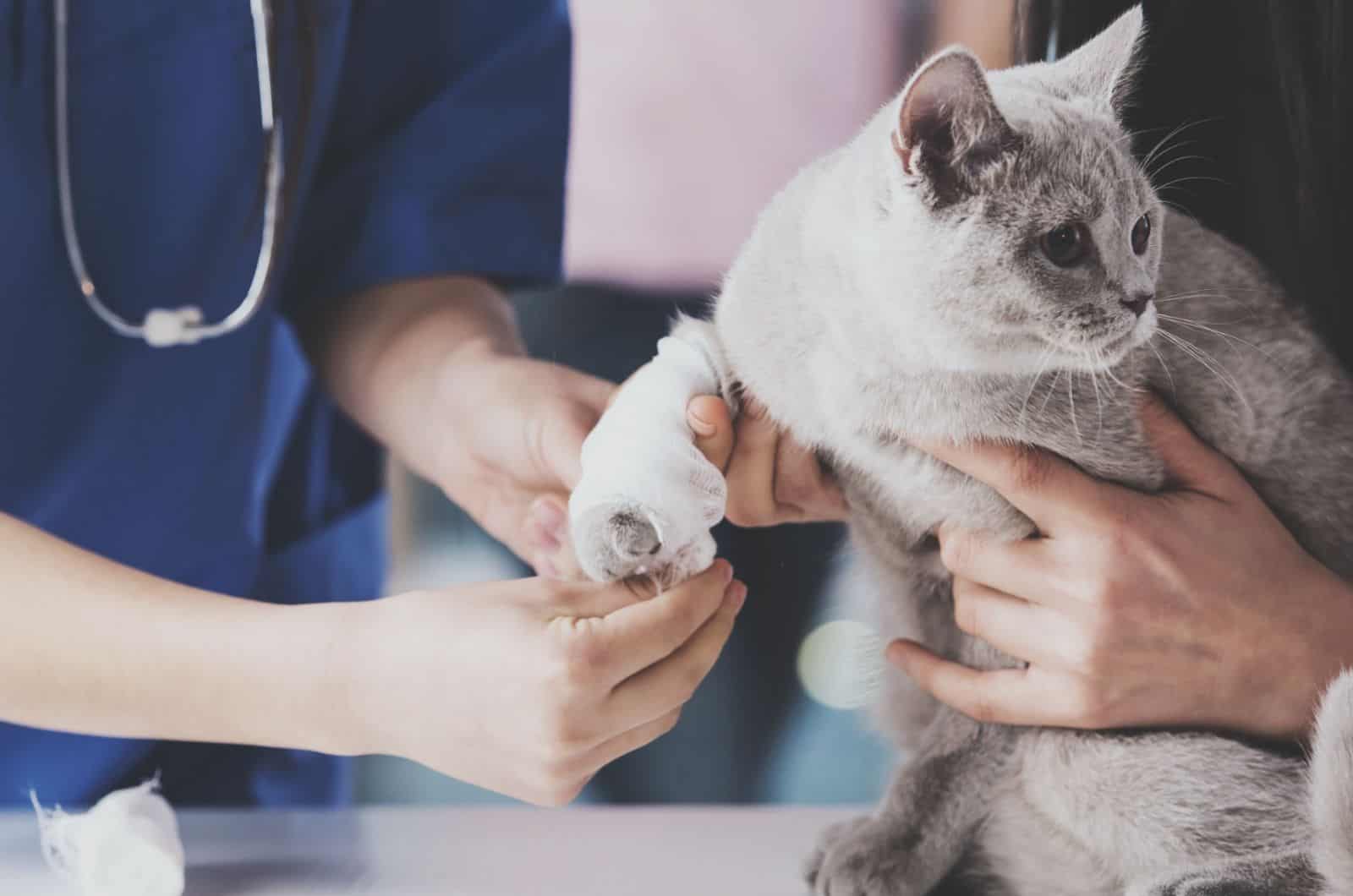
The possibility of successful treatment is greatest when the abnormality is identified as soon as feasible. Sometimes, a surgical intervention is the best choice.
The type of surgery needed to treat angular limb abnormalities varies on the patient’s age and the nature of the deformity. On the other hand, some lucky cats don’t need to have any kind of surgical intervention.
In cats with a slight angular limb deformity, it is largely an aesthetic concern; discomfort or movement problems are not present.
The veterinarians usually emphasize the importance of weight control, the administration of joint supplements, and avoiding strenuous exercise. It’s important to reduce unnecessary strain on the joints and avoid damage and arthritis later in the cat’s life.
Cats with severe angular limb abnormalities may need surgery (or multiple surgeries), thus a specialist is frequently consulted. Skeletal fixators must be inserted during surgical treatment of an angular limb malformation to straighten the bones and maintain proper bone alignment. If your cat has severe angular limb abnormalities, your veterinarian will talk to you about the possible dangers associated with surgical repair of the condition.
FAQ
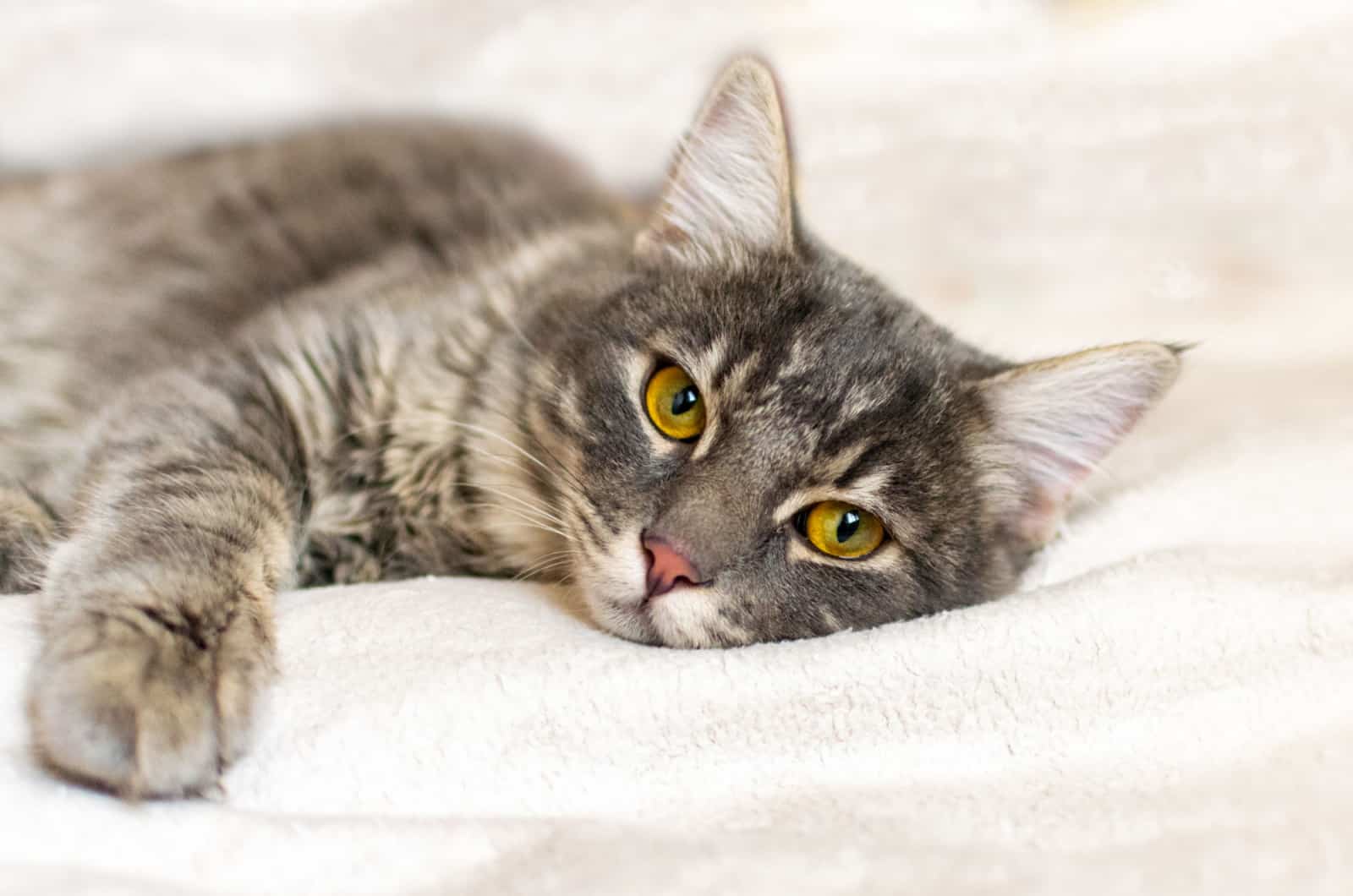
How Can You Tell If A Cat Is Bowlegged?
Bow-legged cats have a characteristic shape of limbs (usually back limbs) that is easy to recognize. These cats have their legs bent outwards in the shape of a bow. If you suspect your kitten’s limbs are not developing properly, you should see a vet as soon as possible.
Is It Normal For Cats To Be Bow Legged?
Bow legged legs have a medical condition known as angular limb deformity and it’s not normal for kittens and cats to have bow-shaped legs.
However, it’s important to note that some cats do not experience pain due to their condition or a reduced range of motion, meaning they’re able to lead perfectly happy lives with no surgical interventions.
Why Does My Kitten Look Bow Legged?
Your kitten most likely looks bow legged due to a condition known as angular limb deformity. It’s a medical condition that can be congenital or developmental. That means your kitten is either born with this deformity, or has acquired the deformity, for example, due to an injury.
Either way, you should check in with your veterinarian so they can carry out a more thorough examination of your feline.
How Does A Bow Legged Cat Walk?
Bow legged cats walk a bit differently than most cats. In some cats with minor deformity, you might not be able to notice anything strange until you pay close attention to the way they walk.
On the other hand, some cats have such a deformity that it makes their walk noticeably different. Either way, most bow legged cats are able to walk, albeit a bit strangely.
Are Bow Legged Cats More Prone To Injury?
There is no data that suggests bow legged cats are more prone to injury than other cats. However, it is known that these cats are more prone to developing arthritis, which is a painful, chronic inflammation of the joints.
In Conclusion
If you have a bow legged cat or kitten, I advise you to take your feline to the vet. Although the matter is not urgent, it’s better to check in with a vet sooner rather than later. The vet will run a series of tests and will most likely be able to determine the cause of your cat’s deformity.
Related Articles:
Helping My Cat With Broken Tail – How To Treat It Properly?
Has Your Cat Broken A Leg? What Every Cat Owner Should Know
Cat Sideways Walk: 7 Reasons For This Funny Cat Behavior
Like this post? Share or pin it for later!
